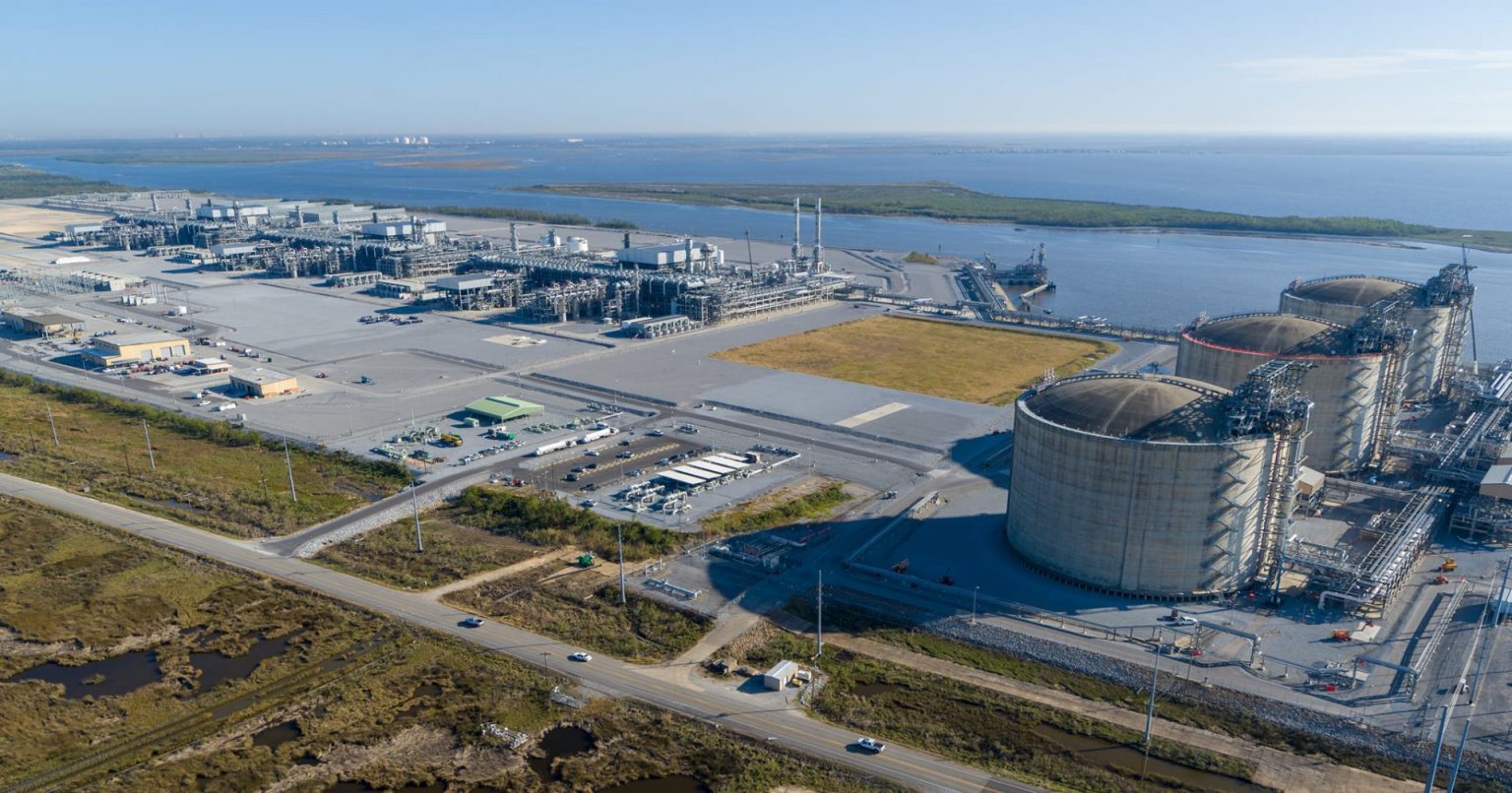US LNG exporter Sempra Infrastructure, a unit of Sempra, is joining forces with a Japanese consortium to look into the possibility of producing synthetic methane (e-methane) and liquefying it at its Cameron LNG plant.
Japan’s Tokyo Gas, Osaka Gas, Toho Gas, and Mitsubishi revealed plans last year to produce e-methane in Texas or Louisiana, liquefy it at Sempra’s Cameron LNG facility, and transport it to Japan.
E-methane is a synthetic gas produced from renewable hydrogen and carbon dioxide and can be transported via the existing gas infrastructure, including the LNG supply chain, according to the firms.
Mitsubishi already owns a stake in the Cameron LNG plant controlled by Sempra Infrastructure, while other shareholders include Mitsui & Co., TotalEnergies, and NYK Line.
The plant currently has three trains and a capacity of 12 mtpa but Sempra and its partners are working one the Cameron LNG Phase 2 export project which includes building the fourth train with a capacity of about 6.75 mtpa.
World’s first supply chain of liquefied e-methane
Sempra Infrastructure said in a statement on Wednesday it has signed a deal with the four firms to participate in the evaluation of a proposed project to produce e-natural gas (e-methane), a form of carbon recycling, in the US Gulf Coast.
If the project is successful, it could be the first link of an international supply chain of liquefied e-methane, it said.
Japan’s Marubeni and Osaka Gas and Peru LNG, the operator of the 4.45 mtpa liquefaction plant at Pampa Melchorita, are also moving forward with their plans to produce synthetic methane in Peru.
Tokyo Gas, Osaka Gas, Toho Gas, and Mitsubishi have been conducting preliminary feasibility work on the US project since 2022.
With the addition of Sempra Infrastructure, the companies “seek to advance the energy transition through the global market of liquefied e-natural gas,” the statement said.
The targeted e-methane production volume is 130,000 tonnes per year.
That volume would be liquefied via Mitsubishi’s tolling capacity at the Cameron LNG terminal in Southwest Louisiana and exported to Japan.
Also, the proposed project would include the production or procurement of green hydrogen, as well as the construction of facilities to produce the e-natural gas.
The US Department of Energy and Japan’s Ministry of Economy, Trade and Industry are currently implementing a memorandum of cooperation in the field of carbon capture, utilization and storage, conversion and recycling, and carbon dioxide removal.
“This proposed project would meet many of the objectives in the memorandum, and could complement it, should the policy frameworks recognize e-natural gas as a carbon-neutral fuel,” the statement said.
Successful development of the proposed project is contingent upon completing the required commercial agreements, securing and/or maintaining all necessary permits, obtaining financing, and reaching a final investment decision, among other factors and considerations, it said.

